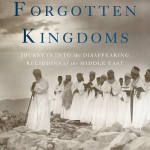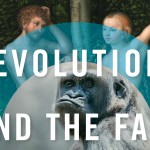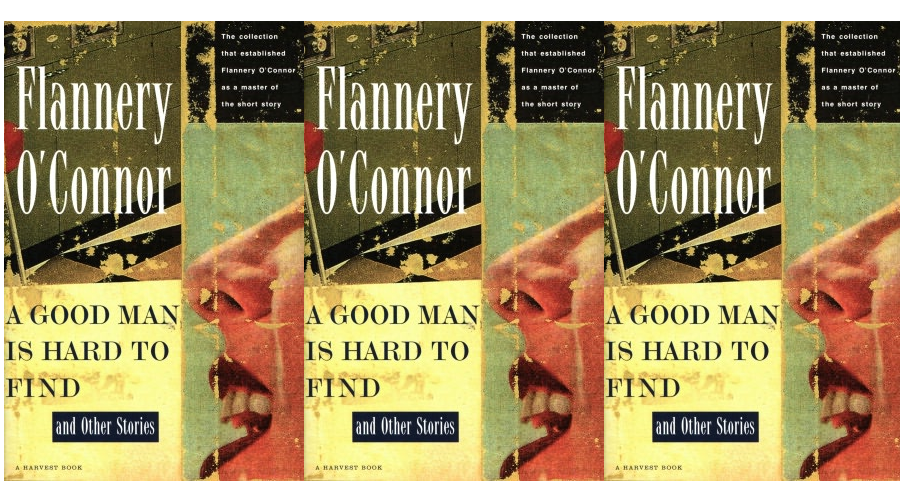
The problem of representation is one of the key issues of modern philosophy. It ranges all the way from the question of what can be represented all the way to what by definition cannot be represented. In fact, Descartes’ search for ways to represent clearly and distinctly launched the modern philosophical project. Yet, by the 20th century Descartes’ own French philosophical tradition was wholesale denigrating visual representation.
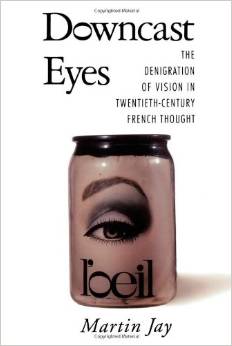
I’m in the process of interviewing David Griffith, the author of A Good War is Hard to Find. His book uses the fiction of Flannery O’Connor to critique the representations of Abu Ghraib, recent American wars, and related issues of depicting and unmasking violence.
Yet, what might this Catholic mid-century writer–whose monumental work ironically obscures the visibility of contemporary writers–have to do with all this fairly mundane stuff of our headlines? In response David Griffith asks the following questions:
Will Christians in America see the images of prison abuse at Abu Ghraib as O’Connor would, as evidence of spiritual struggle within all human beings, or as the Professor of English would, as a deviant fantasy dreamed up by desperate characters? What is the cost of treating these events as the result of abnormal psychology? At what cost do we demand to see ourselves as redeemers–the judgers of Good and Evil?
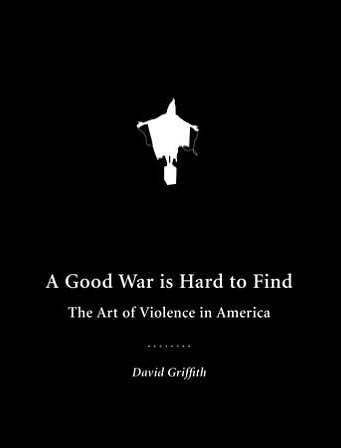
I decided to run an experiment in representation and cognitive bias when I first noticed that the #Roe42 hashtag was trending today. On the 42nd anniversary of Roe v. Wade the social media (and what I’ve seen on television) has overwhelmingly put a happy face on the whole matter. The posts mostly feature younger white women with smiling faces who look like they are enjoying their financial success. Even the statistics, meant to scare you into belief by multiplying scary counterfactuals, have a decidedly sunny disposition to them with their pastel colors. There are, as usual, abstracts slogans about freedom and economic security.
In short, all these things represent the Roe v. Wade decision as redemptive. Heck, even the Republicans have doubts about rocking the boat on this issue, because they are more worried about looking like villains rather than redeemers.
When we take all of these things into consideration, two things are decidedly missing:
On the left: frank representation of the whole violent process of abortion.
On the right: frank representation of how abortion is related to a whole set of other issues, because these other issues are related to the sacrosanct institution of the market.
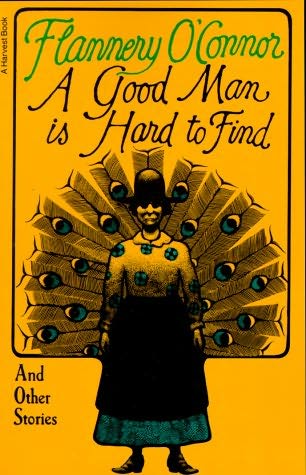
But are visual representations powerful enough to change anything? Does yelling louder get anything done? Would putting mangled children up for everyone to see change anything? Or would it only make people turn away in disgust at a manifestations of abnormal psychology? Would tying abortion to wider societal concerns make everyone see a bigger pattern, or only more of the same old mess?
This ambivalence of representation is something David Griffiths highlights with the epigraph he chose for A Good War is Hard to Find. It comes from the last story, “The Displaced Person,” in Flannery’s collection, A Good Man is Hard to Find:
Mrs. Shortley recalled a newsreel she had seen once of a small room piled high with bodies of dead naked people all in a heap, their arms and legs tangled together, a head thrust in here, a head there, a foot, a knee, a part that should have been covered up sticking out, a hand raised clutching nothing. Before you could realize that it was real and take it into your head, the picture changed and a hollow-sounding voice was saying, “Time marches on!”
What is the right approach to highlighting the human waste at the bottom of this debate? Or are the cognitive biases too strong? Future generations will evaluate our present discourse with criteria we know nothing about.
All aboard? The problem will not sail away.
For an earlier discussion of abortion within its historical context see my “Abortion, Natural Law, and Antisemitism?“

